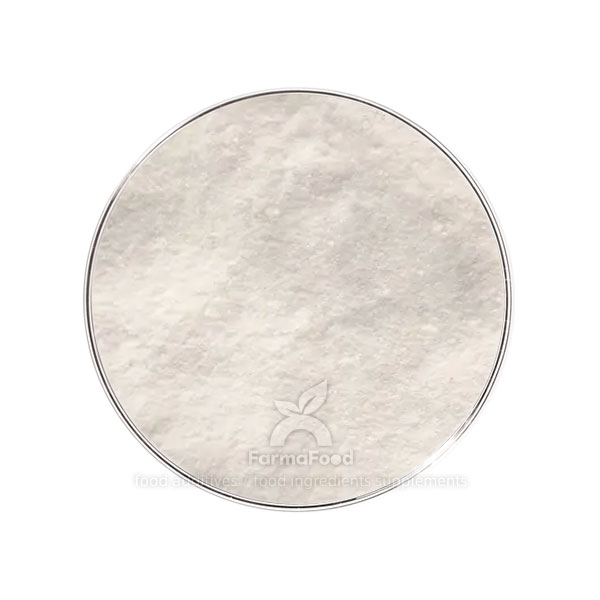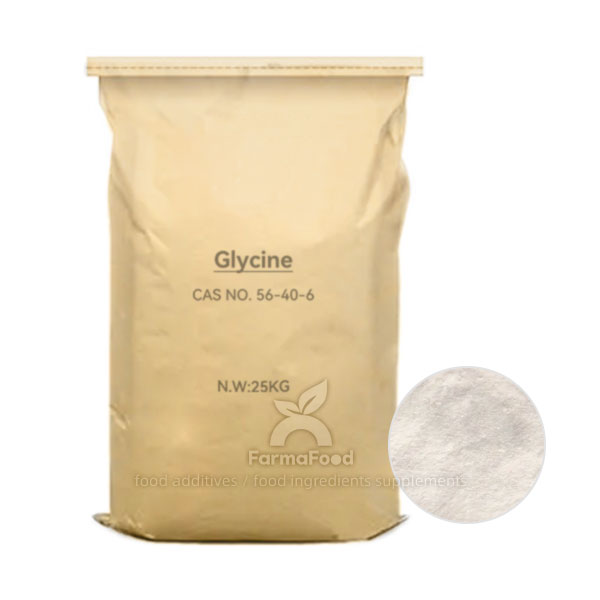Introduce
Glycine is a non-essential amino acid with the chemical formula C2H5NO2. it is a colourless crystalline powder with a slightly sweet taste. Glycine has a variety of applications in the food sector, including flavour enhancer, flavouring agent, antioxidant and food additive.
The following are the main applications of glycine in the food field:
Flavour enhancer and flavouring agent: Glycine has the property of enhancing the fresh taste and flavouring effect of food. It can increase the sweetness sense of food and enhance the taste and flavour of food. Glycine is often added to seasonings, instant soups, beverages, desserts and pastries to improve the flavour and texture of food.
Antioxidant: Glycine has certain antioxidant properties, which can delay the oxidation process of food and reduce browning and quality loss. It is often added to products such as meat products, oil and fat products, biscuits and pastries to maintain the freshness and quality of food.
Food additives: Glycine can also be used as an additive for food products, with functions such as thickening, stabilising and emulsifying. It is often added to products such as sauces, salad dressings, ice cream and dairy products to improve the texture and taste of food.
Nutritional supplements: Glycine is one of the amino acids required by the human body and has an important nutritional role. It can be used as a raw material for protein synthesis and participate in various metabolic processes in the body. Therefore, glycine is also used as a nutritional supplement, added to some functional foods and health products.



